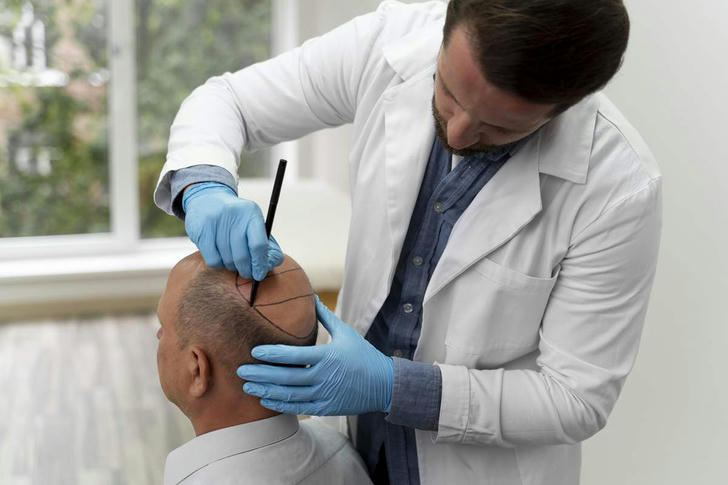UK Hair Transplants 2025: Complete Cost & Treatment Guide
This guide explains hair transplant options, comfort benefits, realistic costs, clinic comparisons, and available financial support for people in the UK in 2025.
Why Hair Transplants Matter in 2025

Hair transplantation has become one of the most effective long-term solutions for hair loss in the UK. It provides:
Natural look & comfort: Modern techniques ensure natural growth patterns without visible scarring.
Boosted self-confidence: Restores appearance and psychological wellbeing.
Low maintenance: Once hair grows, it requires standard care only.
Durability: Results can last for decades with proper care.
Importance of Hair Transplants Across Age Groups
Hair restoration can play a significant role at different life stages:
Ages 20–30: Early hair loss can affect confidence in social and professional life. Transplants may slow long-term thinning when combined with medical care.
Ages 30–45: For many, this is the most common period to seek treatment. Stabilised hair loss patterns allow predictable outcomes.
Ages 45–60: Transplants can rejuvenate appearance, often linked to career progression and self-image.
60+ years: Even at later stages, many seek treatment for personal confidence. Suitability depends on health and donor hair availability.
Hair Transplant Costs in the UK (2025)
Costs vary by clinic reputation, surgeon expertise, graft quantity, and technique (FUE vs. FUT). Current averages in the UK:
Small session (500–1,000 grafts): £2,500 – £4,000
Medium session (2,000 grafts): £5,000 – £7,000
Large session (3,000–3,500 grafts): £7,500 – £9,500
Full restoration (4,000+ grafts): £10,000 – £15,000
UK vs. Turkey Hair Transplant Costs (2025)
For many UK residents, Turkey has become a popular destination for affordable hair transplants. Prices are often significantly lower due to reduced clinic costs and package offers, though patients should carefully check clinic credentials and aftercare standards.
| Country | Typical Cost for 2,000 Grafts (£) | Typical Cost for 3,500+ Grafts (£) | Key Notes |
|---|---|---|---|
| United Kingdom | £5,000 – £7,000 | £9,000 – £12,000 | Regulated clinics, higher labour costs |
| Turkey | £2,000 – £3,500 | £3,500 – £5,500 | Lower prices, often includes hotel & transfers |
Tip: While Turkey offers attractive savings, patients should weigh the long-term aftercare convenience and regulatory protections available in the UK.
Treatment Process in 5 Steps
Consultation & assessment – Hair density check, medical history, and graft planning.
Design & planning – Hairline mapped with digital tools.
Extraction – Follicles removed from donor area (FUE or FUT).
Implantation – Follicles placed into recipient areas.
Recovery & growth – Initial shedding occurs, new growth begins within 3–6 months.
Patient Experiences: How to Save Money
Many UK patients report cost savings by:
Choosing regional clinics outside central London.
Opting for staged treatments (starting with frontal hairline, adding more later).
Exploring package deals that include aftercare and medications.
Comparing multiple quotes before committing.
Smart Cost-Saving Strategies
Consider university-affiliated clinics for reduced prices.
Evaluate smaller, well-reviewed regional clinics.
Start with essential grafts, expand treatment gradually.
Compare London vs. other UK cities for significant price differences.
UK Financial Support & Consumer Protection
Although hair transplants are private treatments, several supportive measures exist:
Payment plans: Many clinics offer structured repayment options.
Medical loans: Some UK lenders provide healthcare-specific financing.
Regulatory oversight: Clinics must comply with Care Quality Commission (CQC) standards, ensuring patient safety.
Consumer rights: Patients are protected under UK law for refunds in cases of malpractice or contract breaches.
Conclusion
Hair transplants in the UK in 2025 combine advanced techniques, improved comfort, and durable results. While costs remain significant, careful planning, regional clinic choices, and staged treatments make the procedure more accessible. With clear treatment pathways and consumer protections, patients can approach hair restoration with confidence.
